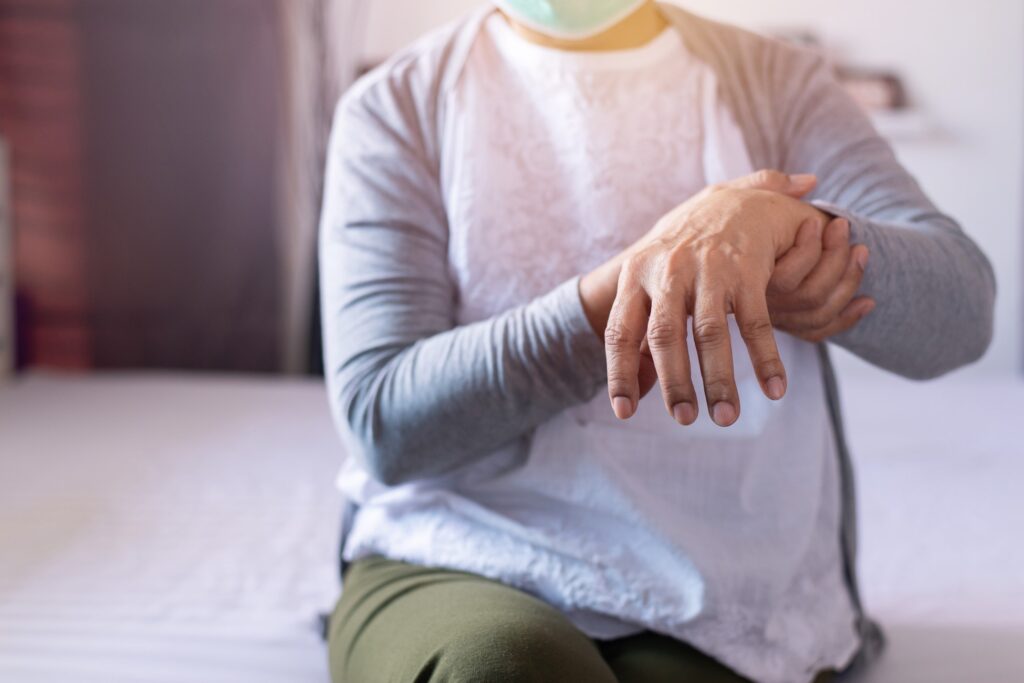Parkinson’s Disease (PD) is a neurodegenerative disorder that affects movement and is characterized by symptoms such as tremors, stiffness, and difficulty with balance and coordination. While there is no cure for Parkinson’s Disease, there are many treatment options available that can help manage symptoms and improve quality of life. In this guide, we will provide an overview of Parkinson’s Disease, including its causes, symptoms, diagnosis, and treatment options.
Causes of Parkinson’s Disease:
- Parkinson’s Disease is caused by the loss of dopamine-producing cells in the brain. The exact cause of this cell loss is still unknown, but researchers believe that a combination of genetic and environmental factors may play a role.
- Certain genetic mutations have been linked to Parkinson’s Disease, but these mutations are relatively rare and account for only a small percentage of cases.
- Environmental factors that have been linked to an increased risk of Parkinson’s Disease include exposure to certain toxins and pesticides.
Symptoms of Parkinson’s Disease:
- Tremors: Tremors are one of the most common symptoms of Parkinson’s Disease and usually start in the hands or fingers. Tremors are often more pronounced when the affected limb is at rest.
- Stiffness: Stiffness in the limbs, neck, and trunk is another common symptom of Parkinson’s Disease. This stiffness can make it difficult to move or perform everyday tasks.
- Bradykinesia: Bradykinesia is a slowness of movement that is also common in Parkinson’s Disease. This can make simple tasks, such as getting dressed or eating, more difficult.
- Balance and Coordination Problems: Parkinson’s Disease can also affect balance and coordination, which can lead to falls and other accidents.
- Other Symptoms: Other symptoms of Parkinson’s Disease can include a shuffling gait, a stooped posture, and a loss of facial expression.
Diagnosis of Parkinson’s Disease:
- Parkinson’s Disease is typically diagnosed based on a patient’s medical history and physical examination.
- There is no specific test for Parkinson’s Disease, but doctors may use imaging tests, such as an MRI or CT scan, to rule out other conditions.
- In some cases, doctors may prescribe a medication called levodopa to see if it improves a patient’s symptoms. If the medication is effective, it can help confirm a diagnosis of Parkinson’s Disease.
Treatment of Parkinson’s Disease:
- While there is no cure for Parkinson’s Disease, there are many treatment options available that can help manage symptoms and improve quality of life.
- Medications: There are several medications available that can help manage the symptoms of Parkinson’s Disease. These medications work by increasing dopamine levels in the brain.
- Deep Brain Stimulation (DBS): DBS is a surgical procedure that involves implanting a device in the brain that sends electrical signals to the areas of the brain that control movement. DBS can help improve tremors, stiffness, and other symptoms of Parkinson’s Disease.
- Physical Therapy: Physical therapy can help improve balance, coordination, and flexibility, which can help patients with Parkinson’s Disease perform everyday tasks more easily.
- Speech Therapy: Parkinson’s Disease can also affect speech and swallowing, and speech therapy can help patients improve their ability to communicate and swallow.
Living with Parkinson’s Disease can be challenging, but with the right treatment and support, many patients are able to manage their symptoms and maintain a good quality of life. If you or a loved one has been diagnosed with Parkinson’s Disease, it is important to work closely with your doctor to develop a treatment plan that is tailored to your individual needs and preferences.



